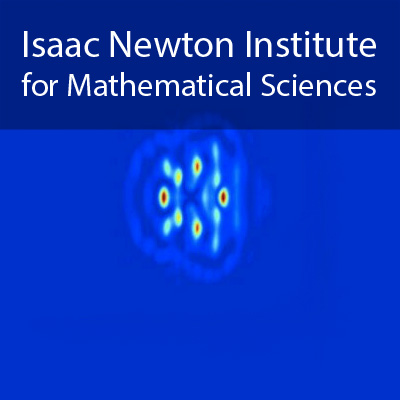Tsunami
58 mins 36 secs,
823.39 MB,
WebM
640x360,
29.97 fps,
44100 Hz,
1.87 Mbits/sec
Share this media item:
Embed this media item:
Embed this media item:
About this item

| Description: |
Segur, H (University of Colorado)
Monday 14 July 2014, 13:00-14:00 |
|---|
| Created: | 2014-07-17 13:27 |
|---|---|
| Collection: | Theory of Water Waves |
| Publisher: | Isaac Newton Institute |
| Copyright: | Segur, H |
| Language: | eng (English) |
| Distribution: |
World
|
| Explicit content: | No |
| Aspect Ratio: | 16:9 |
| Screencast: | No |
| Bumper: | UCS Default |
| Trailer: | UCS Default |
| Abstract: | Tsunami have gained worldwide attention over the past decade, primarily because of the destruction caused by two tsunami: one that killed more than 200,000 people in coastal regions surrounding the Indian Ocean in December 2004; and another that killed 15,000 more and triggered a severe nuclear accident in Japan in March 2011. This talk has three parts. It begins with a description of how tsunami work: how they are created, how they propagate and why they are dangerous. This part involves almost no mathematics, and should be understandable by everyone. The second part of the talk is about the operational models now being used to provide tsunami warnings and forecasts. These models predict some features of tsunami accurately, and other features less accurately, as will be discussed. The last part of the talk is more subjective: what public policies could be enacted to mitigate some of the dangers of tsunami? Much of the material in this talk appeared in a paper by Arcas & Segur, Phil. Trans. Royal Soc. London, 370, 2012. |
|---|---|
Available Formats
| Format | Quality | Bitrate | Size | |||
|---|---|---|---|---|---|---|
| MPEG-4 Video | 640x360 | 1.9 Mbits/sec | 837.45 MB | View | Download | |
| WebM * | 640x360 | 1.87 Mbits/sec | 823.39 MB | View | Download | |
| iPod Video | 480x270 | 491.23 kbits/sec | 210.78 MB | View | Download | |
| MP3 | 44100 Hz | 249.73 kbits/sec | 107.28 MB | Listen | Download | |
| Auto | (Allows browser to choose a format it supports) | |||||

